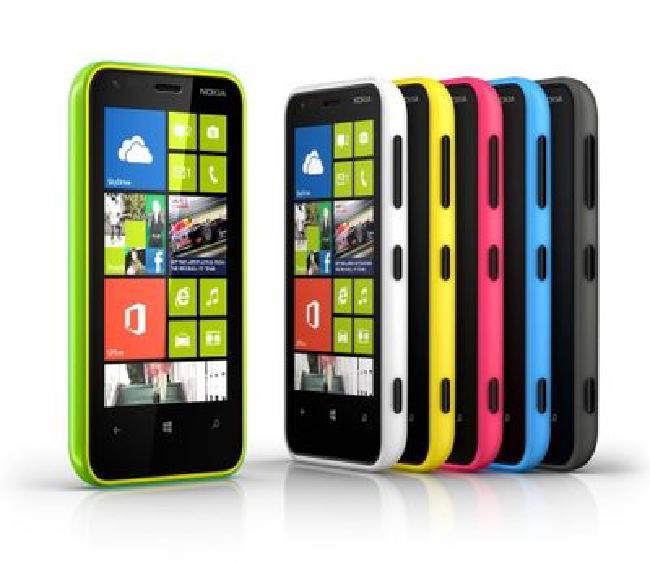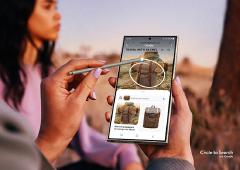Categories
Top 5 things to know when buying a refurbished handset
6 minute read
If you’re looking to save money on your next smartphone, a refurbished handset could be a good choice.
1. Refurbished Handsets Should Function Like They Were New

Refurbished handsets are pre-owned devices sold by retailers and manufacturers at a lower price than normal. Unlike a handset which is described as “used” or “second hand”, a refurbished handset will have been inspected by the manufacturer to meet their original specifications. The product should be functionally identical to buying a new handset: the only differences might be some cosmetic imperfections such as scratches on the case. Many refurbished handsets come with a new warranty issued by the manufacturer.
Origin of Refurbished Handsets
Refurbished handsets were previously used by someone else. Common sources of refurbished handsets include:
- Unwanted handsets that were returned to the retailer (even if unused, a handset can’t be sold as new if the seal on the box has been broken).
- Old handsets recycled through a service such as Envirofone or Mazuma.
- A handset that was previously leased by a company.
Once an old handset has been returned to the manufacturer, it’ll undergo a series of tests and repairs if required. The storage on the phone will be wiped and the operating system will be reinstalled from scratch.
After the refurbishment process, the phone should function as if it were new. It’ll be sold in a box with brand new accessories such as a charger and USB cable. You won’t get the original packaging: instead the box will be simpler and more plain.
Alternative Names for Refurbished Handsets
Some retailers use different names to describe refurbished handsets. Aside from “refurbished”, other common terms include “refreshed” and “nearly new”. If you’ve found a company which provides refurbished handsets, be sure to check carefully about their refurbishment process.
2. Refurbished Phones Can Differ In Quality
When buying a refurbished handset, it’s important to recognise that there isn’t a single standard for refurbishing devices. Companies may differ in how they refurbish their devices: be sure to read up about the source of the handsets and also the processes that are undergone when refurbishing the phone. Most companies should provide this information on their website.

Apple is an example of a major retailer which sells refurbished devices. Their full refurbishment policy can be found on this web page. According to Apple, their refurbished products “might exhibit some minor cosmetic imperfection, such as scratches, marks or discolorations”. Functionally, their refurbished devices follow the same testing procedures as for brand new devices. Hence, a refurbished device should work just as well as any new device. The refurbishment process involves replacing worn parts and also cleaning of the device. For other companies, the refurbishment process could be different.
As well as checking the refurbishment policy, see whether your retailer has different grades for refurbished products they sell. In general, grade A products should be “as good as new” with the possibility of minor cosmetic damage. Grade B and C handsets tend to be of a lower quality.
Finally, check to see the level of guarantee and warranty provided with the phone. Does the manufacturer give you a six month warranty or a twelve month warranty? A longer guarantee period should give you greater confidence about the quality of the phone.
3. Refurbished Handsets Can Save You 20-30%

Once you’ve chosen the handset you’d like to buy, it’s worth searching online to see whether a refurbished version is available. Your mileage may vary depending on the device: it’s much harder to find a refurb version of newer handsets than it is for old. This is because newer handsets are yet to work their way through the system. For devices released more than one year ago, it’s usually easier to find a suitable refurb. Savings are normally in the region of 20% to 30%.
To give an example, one of the UK’s major mobile networks currently sells the Nokia Lumia 620 for £150 on Pay As You Go. A refurbished version of the same device will cost only £100. This is a £50 saving (33% off the full price). For the Lumia 520, a new handset costs £100 whereas the refurb version is available for only £80. This represents a 20% saving.
To give another example, Apple has a dedicated webpage for selling refurbished products. They currently stock second-generation and fourth-generation versions of the iPad (these were originally released in March 2011 and October 2012). You can buy a 64GB iPad 2 with Wi-Fi and 3G for £399. According to Apple, this is a saving of £180 over the original retail price (a discount of 31%). For the fourth-generation iPad, discounts are much smaller: around 22% on the 64GB and 128GB models.
4. Buying Refurbished Can Help The Environment

As well as saving a good deal of cash, you’ll also be helping the environment when buying a refurbished handset. Today’s smartphones pack a ton of technology inside. They use all kinds of metals including gold, silver, copper and palladium. Mining these metals and getting them out of the ground leaves a big environmental footprint. Furthermore, smartphones use potentially toxic chemicals during their manufacture and huge amounts of energy are expended during their production.
As a refurbished handset re-uses most of its components, its environmental footprint will be significantly lower than a newly-manufactured handset. You’ll be helping to reduce the amount of electronic waste whilst also saving some money in the process.
5. Check Whether Your Refurb Is Unlocked
As when buying any other handset, don’t assume automatically that the handset will be unlocked. If your refurbished handset is locked to one network, you’ll need to unlock your phone before you can use it on another network. You can unlock your handset by following the tips in unlockapedia.
Your Thoughts
In this article, we’ve discussed the top 5 things to know when buying a refurbished handset. Buying a refurbished handset can be a great alternative to buying a new handset. The refurbished handset should function as if it were new: the main differences might be a couple of cosmetic imperfections. You can often save 20-30% by choosing a good refurb and you can help the environment by reducing electronic waste.
Have you ever considered buying a refurbished handset? Are the cost savings worthwhile or would you still prefer a brand new device? Do you have any top tips for someone who wants to buy a refurbished handset? We’d love to hear your thoughts… please drop us a comment below and let us know what you think!





